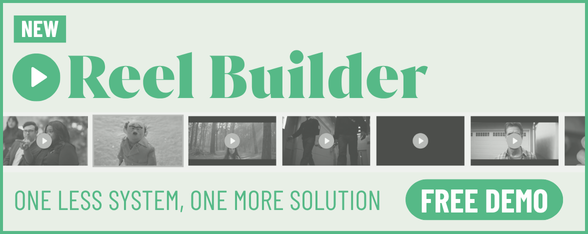
What You Missed at DesignThinkers Vancouver 2025

Photo credits: Kateland
DesignThinkers returned to Vancouver last week, with a two-day bonanza that enticed over 550 in-person and virtual attendees to the Vancouver Playhouse. The event, which took place on 13 and 14th May, included talks, workshops, exhibitor booths, book signings and roundtable discussions for furthering learning and fostering creative connection. Hosted by the Association of Registered Graphic Designers (RGD), this year’s conference put feeling first, reminding us, above all else, that creativity is a deeply human act.
Across 12 presentations and eight workshops, led by 18 speakers from across the design, branding and art world, a recurring theme emerged: the future of creativity lies not in perfection or productivity, but in authenticity, emotion, and human expression.
In an industry that feels increasingly dominated by automation and AI tools, DesignThinkers 2025 offered a welcome recalibration. Far from resisting technological advancement, speakers acknowledged its place, but argued that what truly sets creative professionals apart is their intuition, vulnerability and capacity to tell meaningful stories.

Feeling > Function
“Brands are never finished because people are never finished,” said Yo Santosa, founder and ECD at Ferroconcrete, in a stirring talk on the emotional undercurrent of brand design. “We’re not just designing outputs. We’re designing meaning, symbols, signals, and emotions people can hold on to.”

Yo Santosa’s message was echoed in different ways throughout the conference. Pattern designer and illustrator Catalina Estrada spoke to the power of beauty, not as something ornamental, but as something connective. “Beauty, when it's approachable, has this contagious power,” she said. “It makes others want to join and contribute in their own way.”
Author and artist Adam J. Kurtz reminded the audience that the work doesn’t need to be perfect to be impactful. “Nobody gives a fuck,” he said, with trademark bluntness. “Nobody is standing there waiting for your mistake. They're just not. So just make work. Just make work. It's fine.”


Creative Courage & Personal Truth
One of the most quoted voices of the conference came from Meg Lewis. In a session that was part pep talk, part performance, the artist, performer, educator, and full-time ambassador of fun, challenged the audience to reconnect with their earliest creative impulses.
“Play isn't frivolous – it’s one of the most dangerous things to systems of control,” she said. “The speed of fun is simply acting on your initial impulse. It’s faster than your worry and louder than your inner critic.”

In a world where personal branding can feel like a curated mask, Meg made a powerful case for radical self-acceptance as a creative strategy. “Being myself helps me filter out who I shouldn’t work with,” she said. “If you don’t like the real me, it’s not going to work anyway.”
Vincent Wanga, executive creative consultant and author, brought things full circle by linking personal authenticity to leadership and innovation. He egged on the crowd by reminding them to embrace creativity in all shapes and forms. “Why are we so bold in our work, but not in our lives?” he asked. “You’re creatives, so you must be bold and ambitious, not just with your designs, but with your life and your career.”

More than just talks, DesignThinkers 2025 was a much-needed reminder that the work we do as creatives is not mechanical. It’s messy. It’s emotional. It’s beautifully human.
And in a time when speed, scale and automation dominate the narrative, DesignThinkers Vancouver offered an essential counterpoint: creativity isn’t about keeping up—it’s about tuning in.















